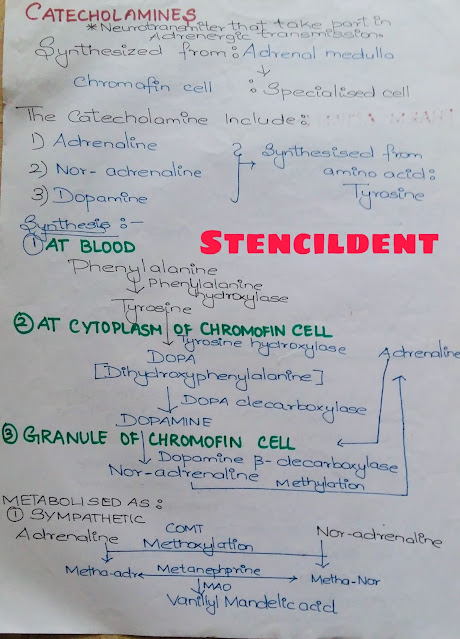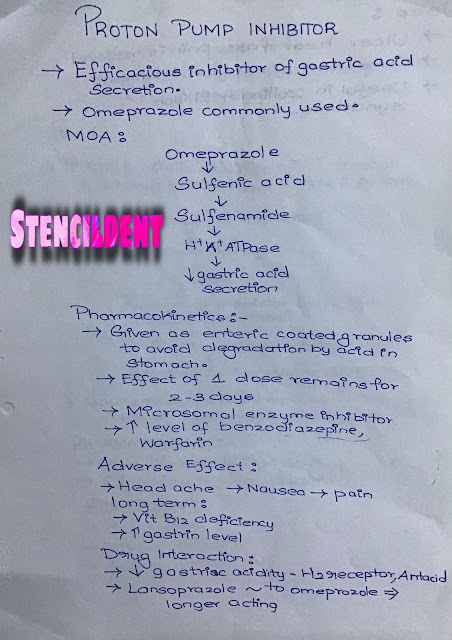Prokinetic drug - METOCLOPRAMIDE /pharmacology notes

PROKINETIC DRUGS Drug that promote gastrointestinal transit and hasten gastric emptying METACLOPRAMIDE: They act by blocking D2 dopamine receptor in CTZ -ANTIEMETIC ACTION Enhances acetylcholine release from cholinergic neuron in gut ACTION: GASTROINTESTINAL TRACT: Forward movement of content in upper gastrointestinal tract Increased gastric emptying Prevent reflux esophagitis CENTRAL NERVOUS SYSTEM: Speeds up gastric emptying USES: Antiemetic Preanesthetic medication In endoscopy ADVERSE EFFECT: Sedation Gynecomastia Diarrhoea Note: Kindly do not consume medication without consulting a physician ,notes on our site is to provide notes for students only.










